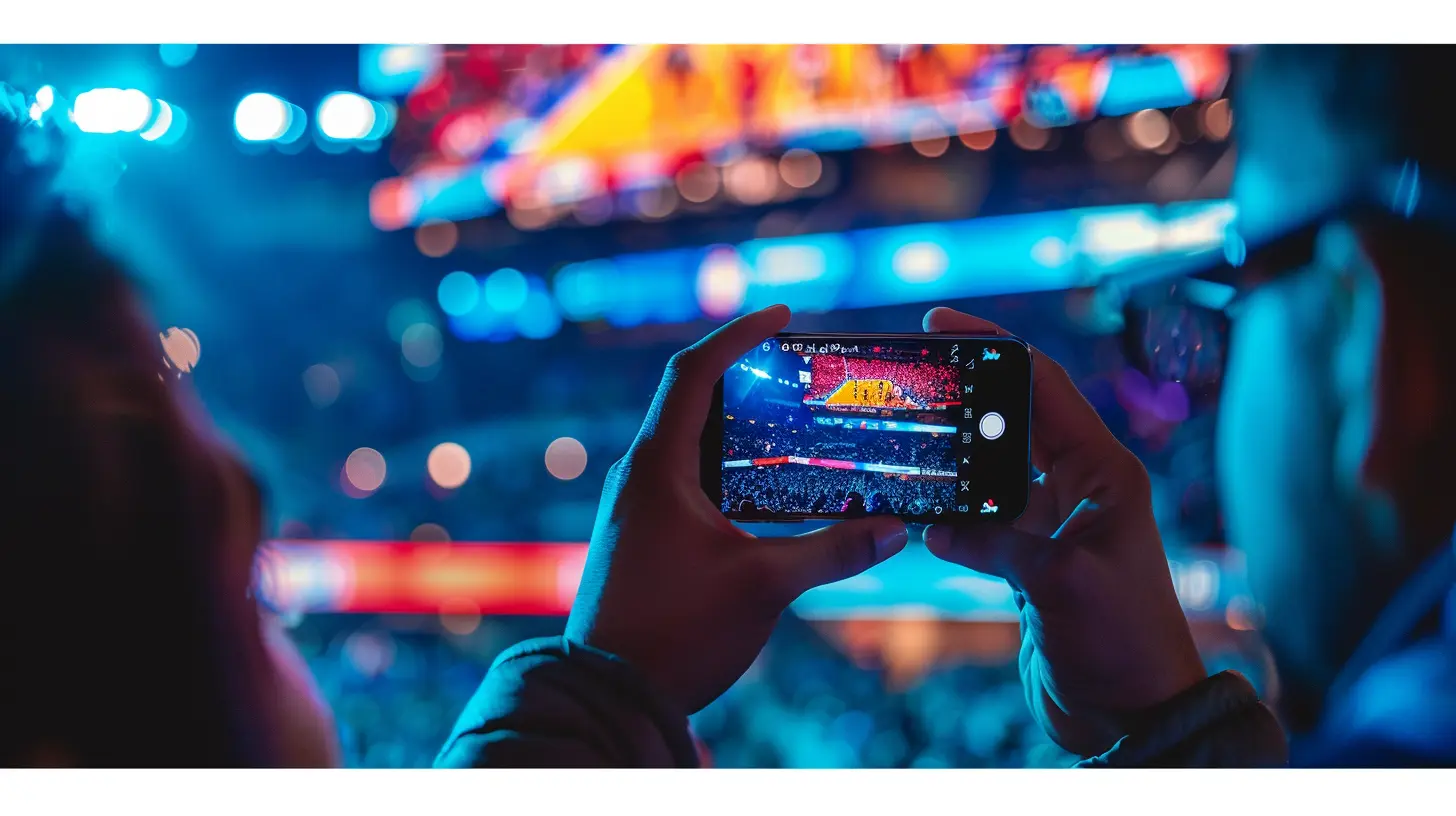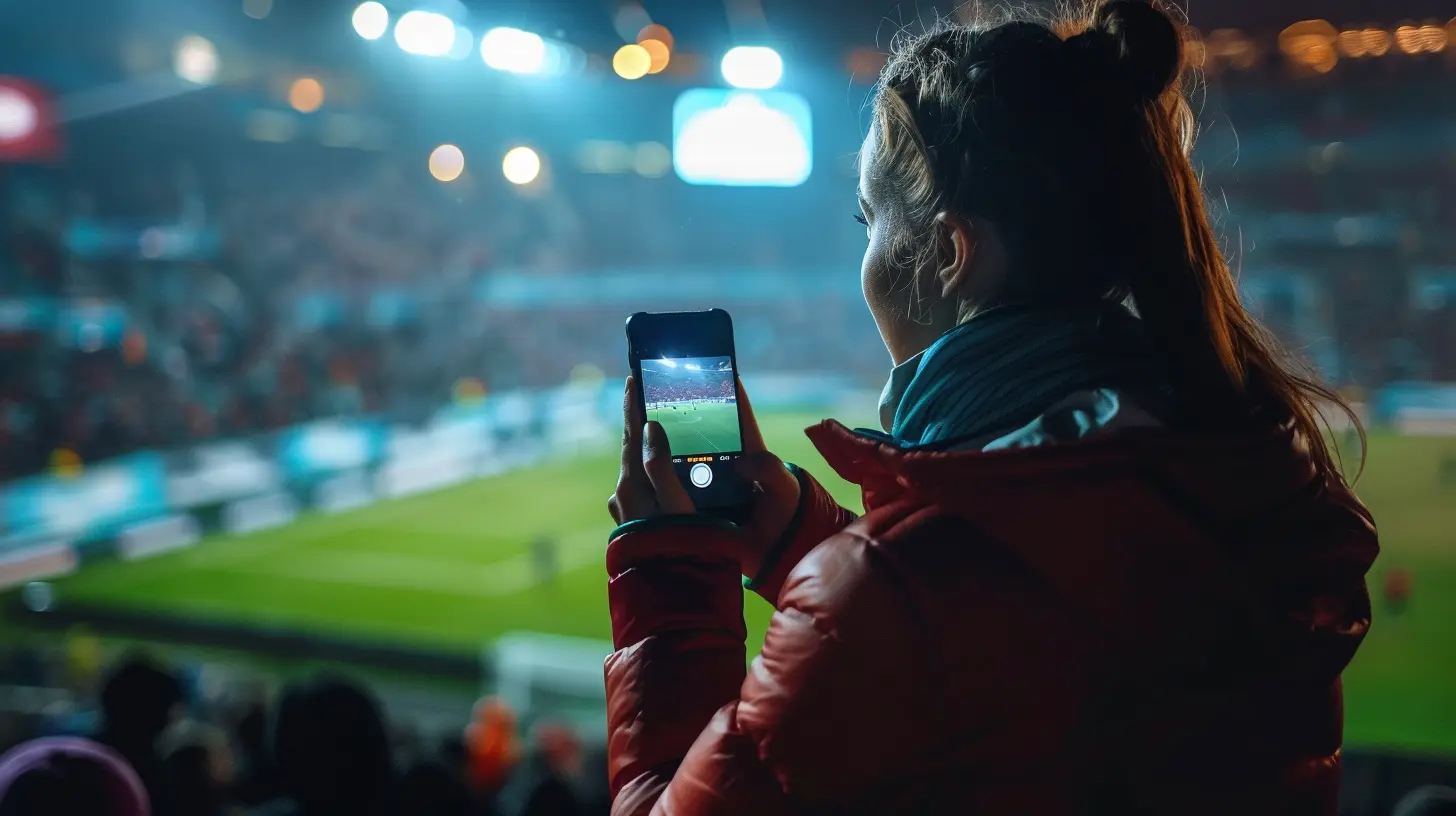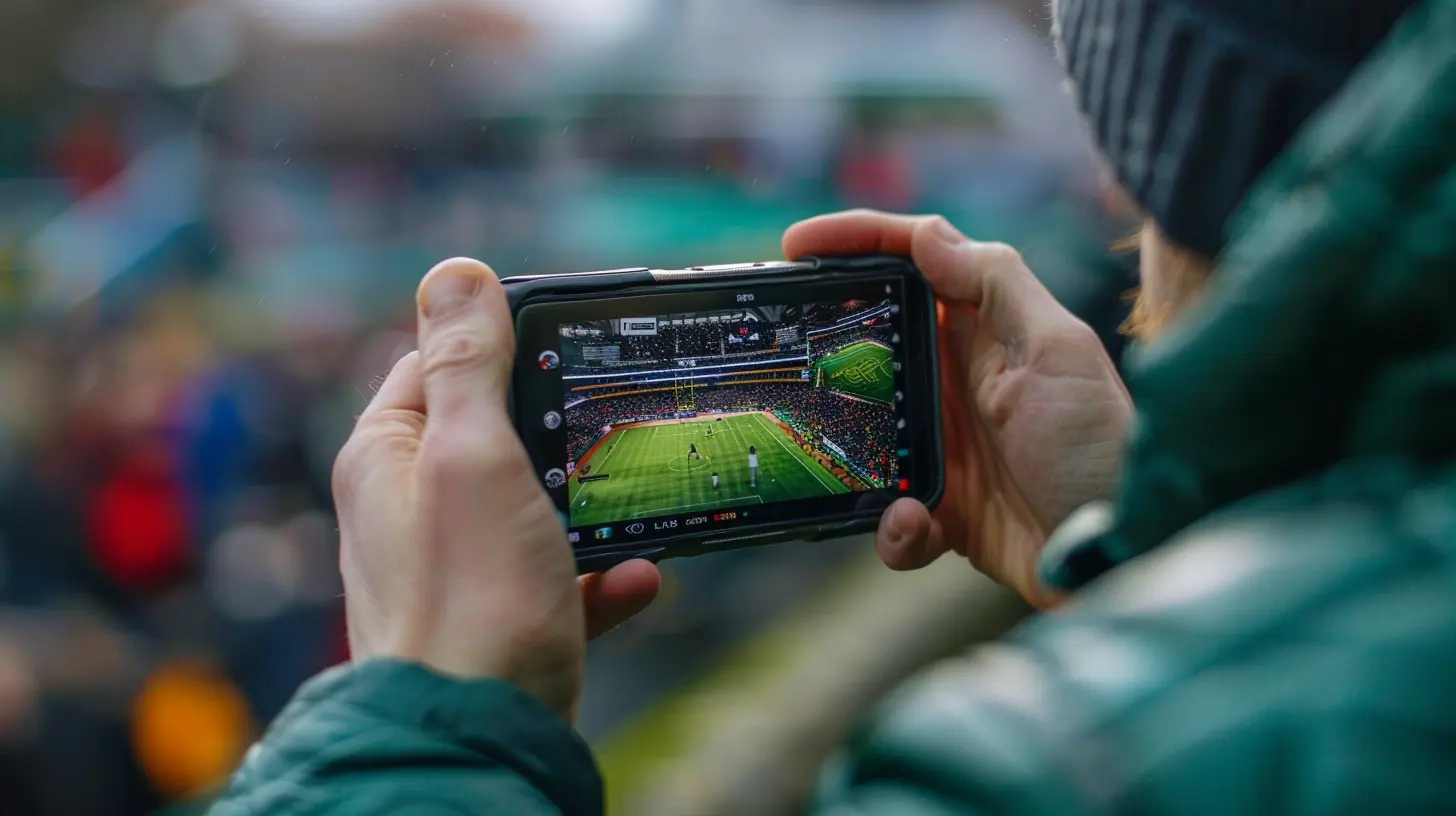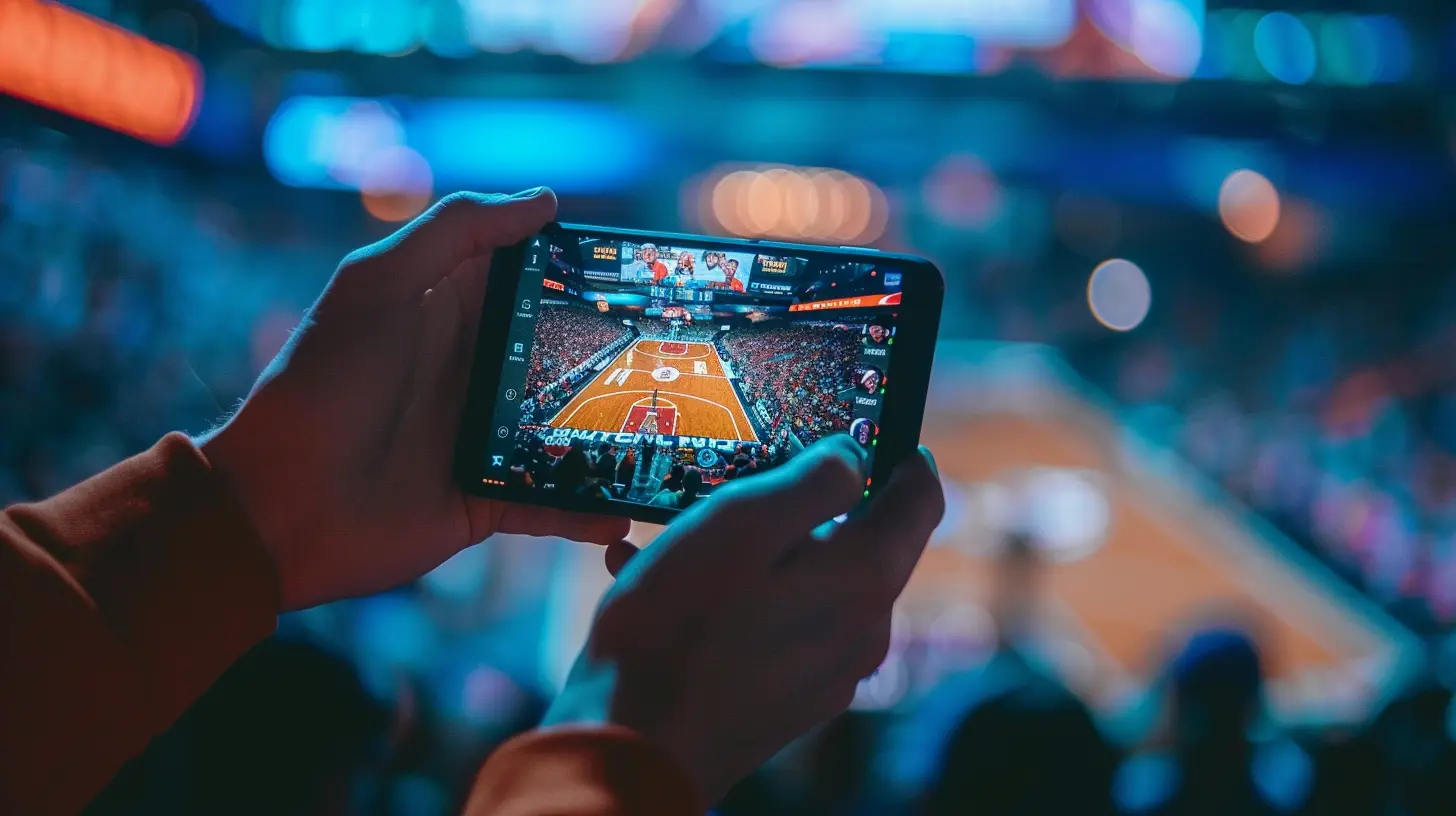How to Stream Sports to Your Phone Without Draining Data
23 July 2025
Let’s be real for a second—there’s nothing worse than missing a big game just because you’re nowhere near a TV or Wi-Fi connection. Whether it's your favorite NFL team driving down the field in the last seconds or a buzzer-beater in the NBA playoffs, you want to watch it live. The catch? Streaming on your phone can burn through your data faster than your quarterback can throw an interception (and hopefully that doesn't happen too often).
But here's the thing: you don’t have to choose between watching live sports and saving your mobile data. You actually can stream sports on your phone without draining data like a sink with a leaky pipe.
Let’s break it all down and show you exactly how to keep up with every touchdown, slam dunk, and home run—while keeping your data usage under control.
Why Streaming Sports Eats Up So Much Data
Before we dive into the fixes, let’s talk about the why.Live sports streaming is data-heavy. You’re not just watching a video—you’re watching high-definition (HD) content that’s live, usually with real-time commentary, instant replays, and sometimes even interactive features. That means you're pulling a constant stream of information over the internet to your phone, with no buffering breaks.
To put this into perspective:
- Standard definition (SD) streaming uses about 1 GB per hour
- High definition (HD) can use up to 3 GB per hour
- Ultra HD (4K)? That can shoot up to 7 GB per hour or more
Now, imagine watching a whole football game in HD on mobile data. That could be a 3-hour drain on both your battery and your monthly data cap. Yikes.
1. Use Wi-Fi Whenever Possible
Let’s get the obvious one out of the way first.If you have access to Wi-Fi—use it. Whether you’re at a coffee shop, a friend’s house, or your own living room, connecting to Wi-Fi instead of your mobile network is the easiest way to stream sports without touching your data.
But here’s the kicker: make sure the Wi-Fi is secure. Public Wi-Fi can be risky, especially when using apps that require you to enter passwords or other sensitive info.
> Pro Tip: Consider using a VPN when on public Wi-Fi. It’ll encrypt your connection and keep your data safe.
2. Lower the Video Quality, Save Tons of Data
Sure, watching LeBron dunk in full HD is awesome. But if you're on the go and just want to catch the highlights or the final quarter, you probably don't need to see every pixel in ultra high-def.Most streaming platforms (like ESPN, YouTube TV, Hulu Live, and others) let you choose your streaming quality. Just go into the settings and switch from HD to SD. You'll still get to see the game—and your data usage could drop by 60% or more.
> Did you know? Watching in SD instead of HD can cut your data usage from 3 GB per hour to just 1 GB or less.
If you’re multitasking or watching casually, SD is your best friend.
3. Download Games or Highlights in Advance
This is a game-changer (no pun intended).Many sports apps and services now let you download games, replays, and highlight reels when you're connected to Wi-Fi. This way, you can stock up during the day and watch later without eating up your mobile data at all.
Some platforms that offer downloads:
- ESPN+ — lets you download on-demand content
- DAZN — allows offline viewing of select games
- YouTube — Premium users can download highlights or recap videos
Just remember to check the expiration time. Some content may expire after 48 hours or so.
4. Take Advantage of Mobile Streaming Plans
Here’s something most people overlook: some mobile carriers actually offer data-free streaming for certain platforms.That’s right—streaming that doesn’t count against your data.
Here are a few examples:
- T-Mobile has had plans in the past that include free streaming for select apps.
- Verizon sometimes partners with NFL and others for exclusive streaming deals.
- AT&T has bundled deals with DirecTV and HBO Max (which sometimes includes sports)
It’s worth calling your carrier or checking your plan online. You might be able to stream for free without even realizing it.
> Heads up: Always read the fine print. Sometimes only specific content or resolutions qualify.
5. Use Data Compression Apps or Services
Think of data compression apps like squeezing all that sports action into a more lightweight package.Some apps (like Opera Max or Samsung Max) reduce the size of videos and images before they reach your phone. While it's not magic, it can shrink your data usage by up to 50%.
Keep in mind:
- You might lose a bit of video quality
- Not every app is compatible with all streaming services
- Still, even a little compression helps
With some smart settings, you can stream the whole season and still have data left for cat videos.
6. Monitor Your Data Like a Hawk
If you don’t track your data, you’ll be shocked how quickly it disappears. You might think you're only catching a few minutes of a game here and there, but those minutes add up—fast.Use your phone’s built-in data monitoring tool or download an app like:
- My Data Manager
- GlassWire
- Google Datally (Android)
Set data limits, get alerts when you’re nearing your cap, and figure out which apps are the biggest data hogs.
Trust me, your future self (and your wallet) will thank you.
7. Use Audio Streams or Radio Broadcasts
Can’t watch the game? There’s another way to stay in the loop—good old-fashioned radio.Apps like:
- TuneIn
- SiriusXM
- iHeartRadio
- ESPN Radio
Many offer live game commentary, team analysis, and post-game breakdowns—all while using a fraction of the data video requires.
Think about it:
- Audio streaming: ~60 MB/hour
- Video streaming: ~1-3 GB/hour
You do the math. Audio is a game-saving alternative, especially when you’re stuck in traffic or on limited data.
8. Set Data Limits for Sports Apps
Sometimes, apps get a little greedy. They’ll run in the background, preloading content or sending you push notifications with auto-playing videos.Go to your phone’s settings and limit background data usage for your sports apps. Here's how:
For iOS:
- Go to Settings > Mobile Data- Scroll to find the streaming app
- Toggle off mobile data if you only want it to use Wi-Fi
For Android:
- Go to Settings > Network & Internet > Data usage- Tap on the app
- Toggle Restrict background data
This simple step prevents your apps from sipping data without you even noticing.
9. Try Wi-Fi-First Streaming Apps
Some newer apps are designed to detect Wi-Fi and default to it automatically. That means no accidental streaming over cellular.Look for:
- Team-specific apps: Some allow auto-downloads over Wi-Fi
- Official league apps like the NBA or NHL apps – These often come with Wi-Fi preferences you can adjust
If you're a creature of habit and forget to switch networks before streaming, these apps can be a literal lifesaver.
10. Schedule Your Streaming Wisely
Finally, timing is everything.If you’re planning to watch a full game during a commute or outside your home, check if a replay is available later. Some services post the full game almost immediately after it ends, and watching it with Wi-Fi later could save you a ton of data.
You’re still getting the full experience—just on your own terms.
Final Thoughts: Data-Smart Streaming Is Totally Doable
Let’s face it—sports are a way of life for many of us. Whether it’s the roar of the crowd, the thrill of a comeback, or the agony of defeat, we don’t want to miss a second of the action.And now, you don’t have to.
With a few smart tricks—like lowering resolution, using Wi-Fi, or downloading content before you leave home—you can enjoy every game and keep your data bill from skyrocketing.
Streaming sports to your phone without draining data isn’t just a dream—it’s a strategy. And now, you’ve got the playbook.
So go ahead. Stream smart, cheer hard, and never miss a moment.
all images in this post were generated using AI tools
Category:
Live StreamingAuthor:

Nelson Bryant
Discussion
rate this article
1 comments
Uriel Watson
Unlock the secret to unlimited sports streaming on your phone—where data worries vanish, and every game feels closer than ever.
August 10, 2025 at 12:09 PM

Nelson Bryant
Thanks for your enthusiasm! In the article, I share tips on optimizing your streaming experience while keeping data usage in check. Enjoy the games!


